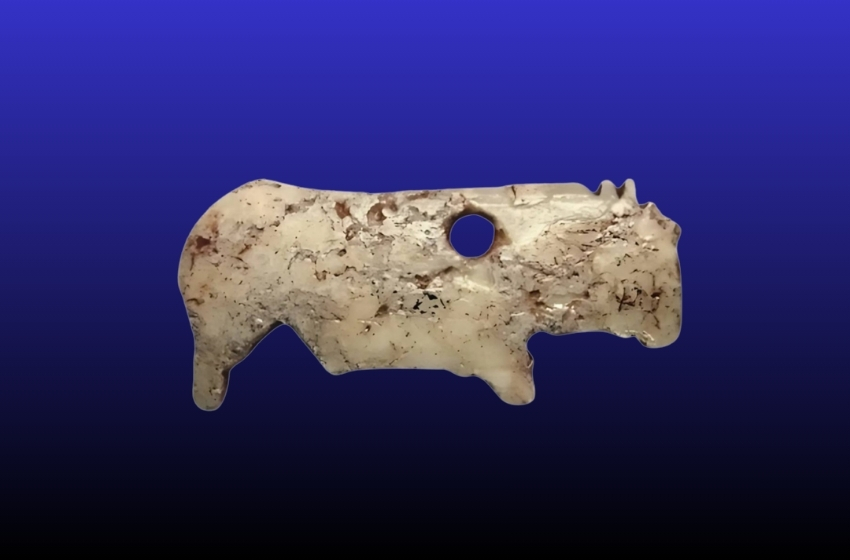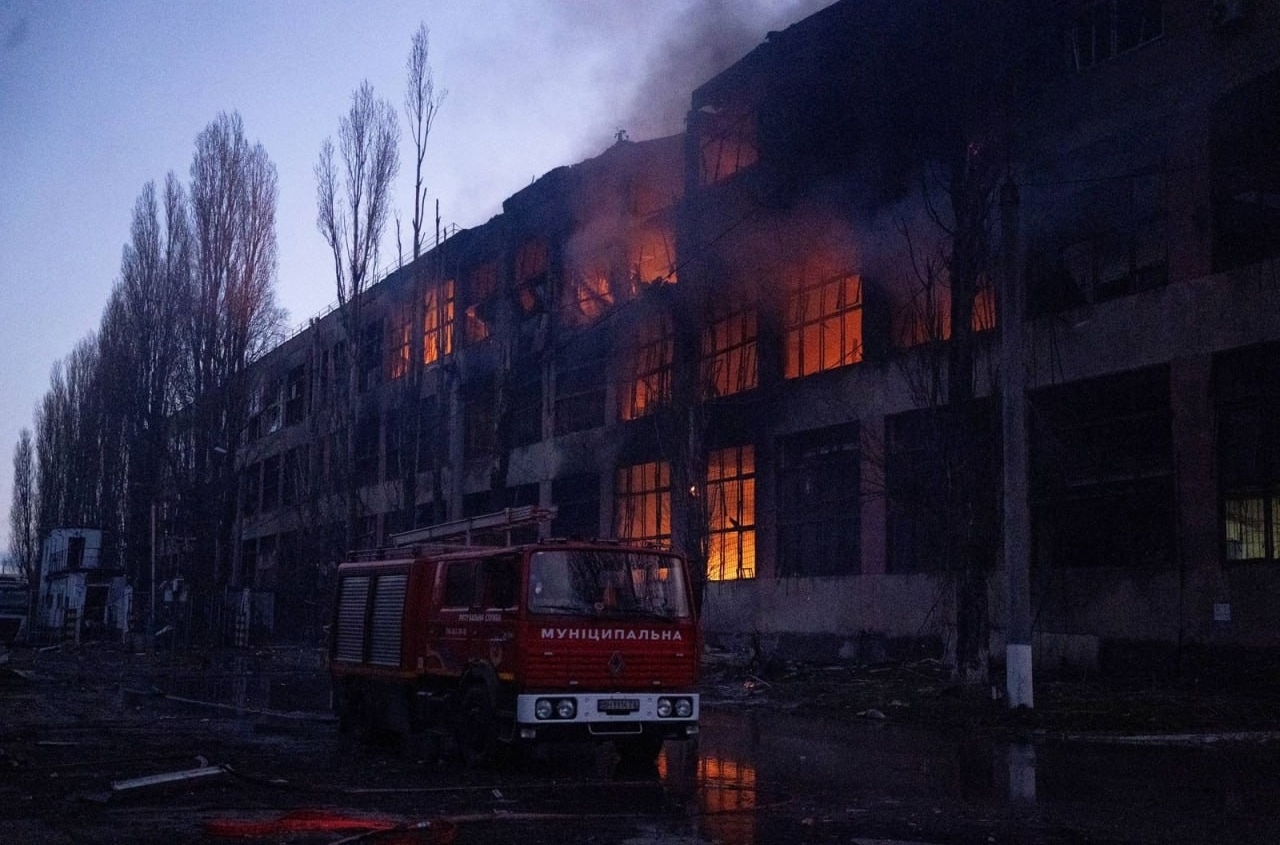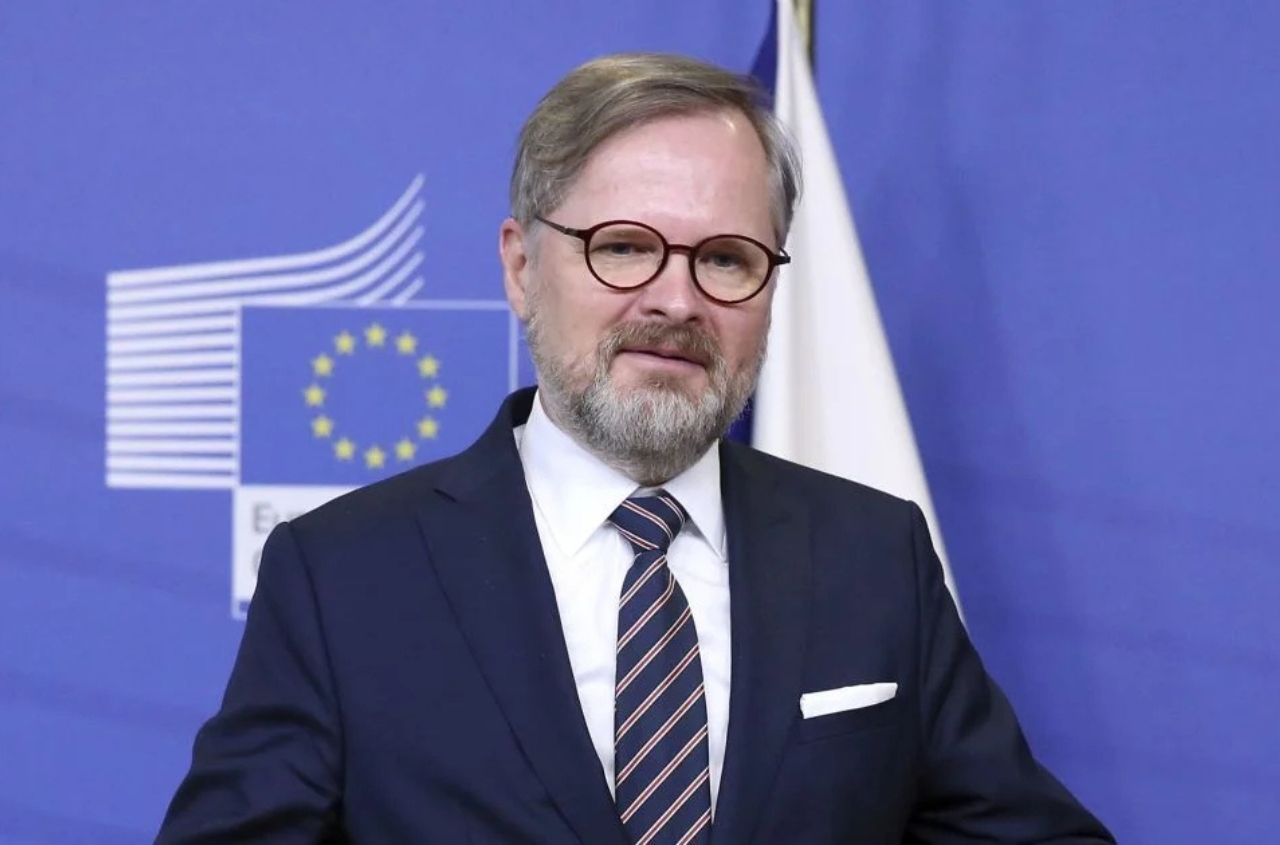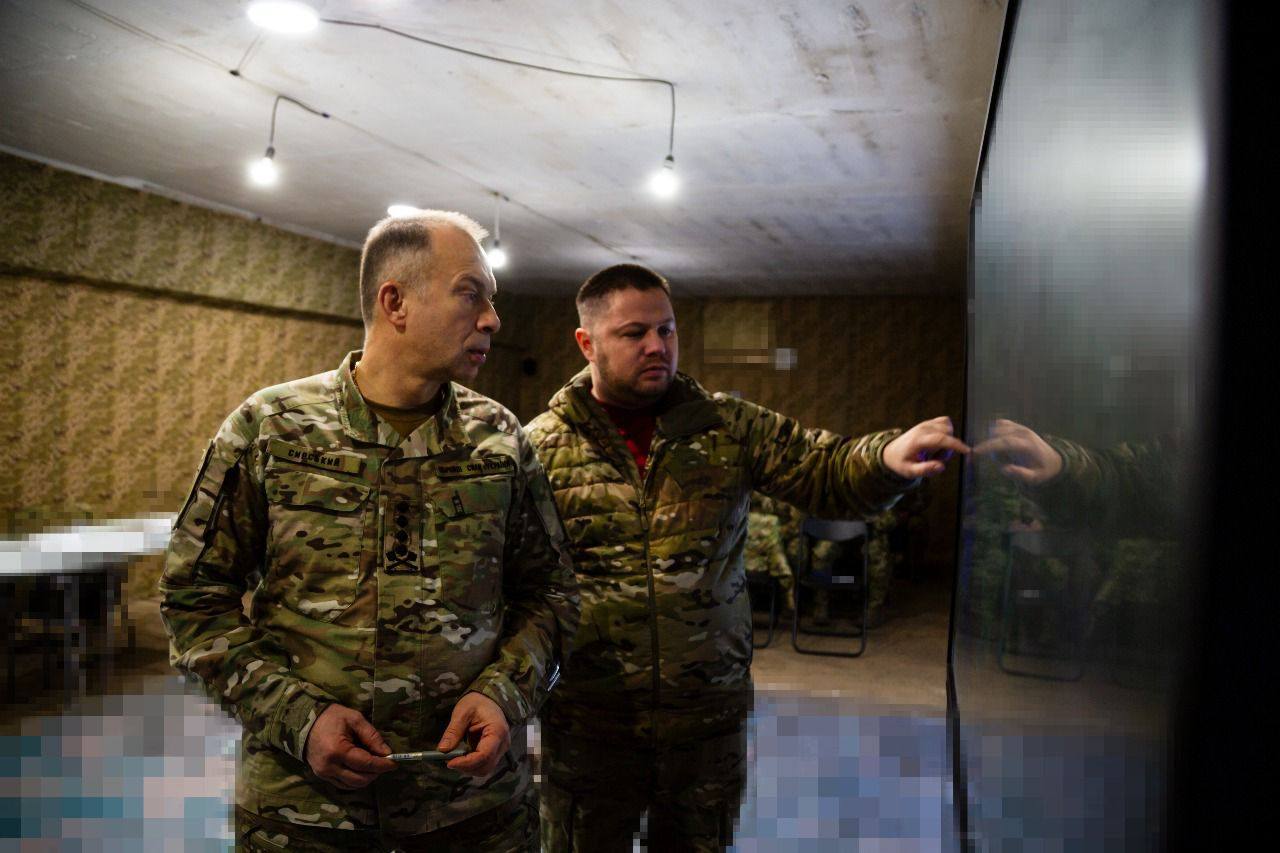The Antiquities Coalition has added the “Mariupol Bull Figurine” to its global watchlist of missing artifacts, highlighting one of over 2,000 museum pieces that vanished during Russia’s 2022 siege of Mariupol and its wider campaign targeting Ukrainian heritage. The announcement was made during an event hosted by the Atlantic Council and attended by Ukraine’s First Deputy Minister of Culture, Galyna Grygorenko.
Grygorenko emphasized the deeper implications of the war:
“Russia’s war against Ukraine is more than a battle over land or political sovereignty. It is a struggle for the right to remember, to preserve a distinct history, and to assert Ukrainian identity before the world and future generations.”
Since Russia’s unlawful annexation of Crimea in 2014 and the full-scale invasion in 2022, Ukrainian cultural institutions—museums, archaeological sites, and heritage centers—have been systematically targeted and looted. Officials estimate that at least 1.7 million artifacts have been lost in what appears to be a deliberate attempt to erase Ukraine’s past while exploiting its cultural assets. The spotlight on the bull figurine underscores the urgent global need to recover stolen heritage.
The bull figurine, crafted from bone around 6,000 BCE by Neolithic inhabitants near the Azov Sea, was likely a toy or ritual object carefully buried in a child’s grave and untouched for about 8,000 years. Discovered in the 1930s by renowned Ukrainian archaeologist Mykola Makarenko at one of Eastern Europe’s key prehistoric sites, it was displayed at Mariupol’s Museum of Local Lore before disappearing amid the recent conflict. Makarenko himself suffered a tragic fate—arrested in 1934 for resisting Soviet attempts to destroy cultural sites, exiled, and executed in Siberia in 1938.
Deborah Lehr, founder and chair of the Antiquities Coalition, described the theft as “a clear act of cultural warfare, reflecting Russia’s broader effort to erase Ukrainian identity.” She urged the international community to act swiftly to recover this invaluable artifact and to oppose the use of cultural heritage as a weapon.
Ambassador John E. Herbst of the Atlantic Council added,
“The inclusion of the Mariupol Bull Figurine on the Most Wanted list highlights the ongoing assault on Ukraine’s cultural legacy by Russia, which seeks to undermine Ukraine’s national identity through the destruction and theft of its historical treasures.”
Although the figurine’s location is unknown, photos of it have surfaced in Russian museum exhibitions promoting the Azov region as historically Russian, fueling concerns that it may already be used to justify Russia’s territorial claims.
The bull figurine takes the place of Ethiopia’s Kwer’ata Re’esu Icon on the Most Wanted list, which was officially identified in Portugal in 2023. This follows the successful recovery of Cambodia’s sandstone Ganesha statue, looted during the Khmer Rouge regime. These victories show that collaborative efforts between governments, experts, and the public can make a difference in fighting illicit cultural trafficking.
Any information leading to the possible recovery of the Mariupol Bull Figurine should be submitted to law enforcement using the tip lines below:




















